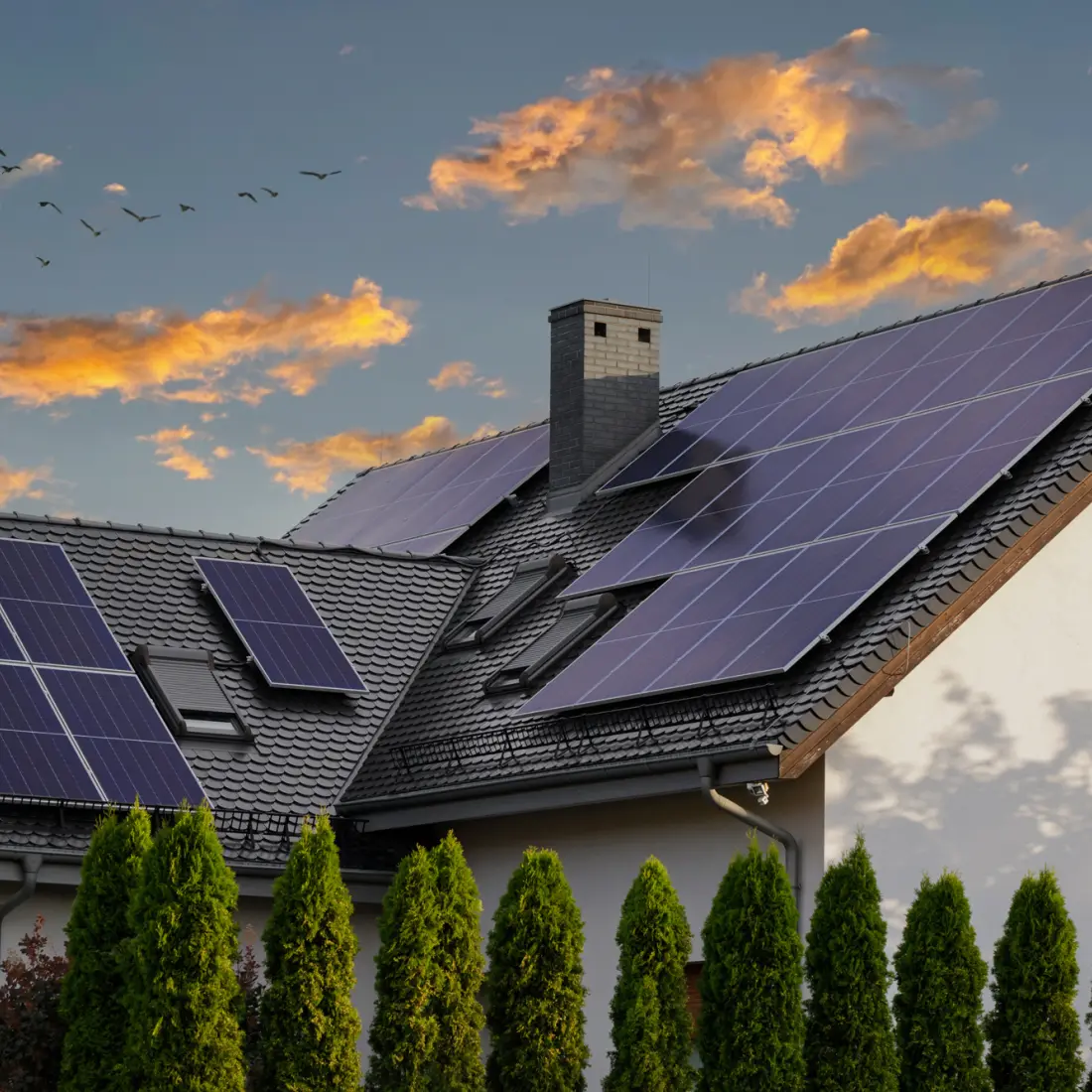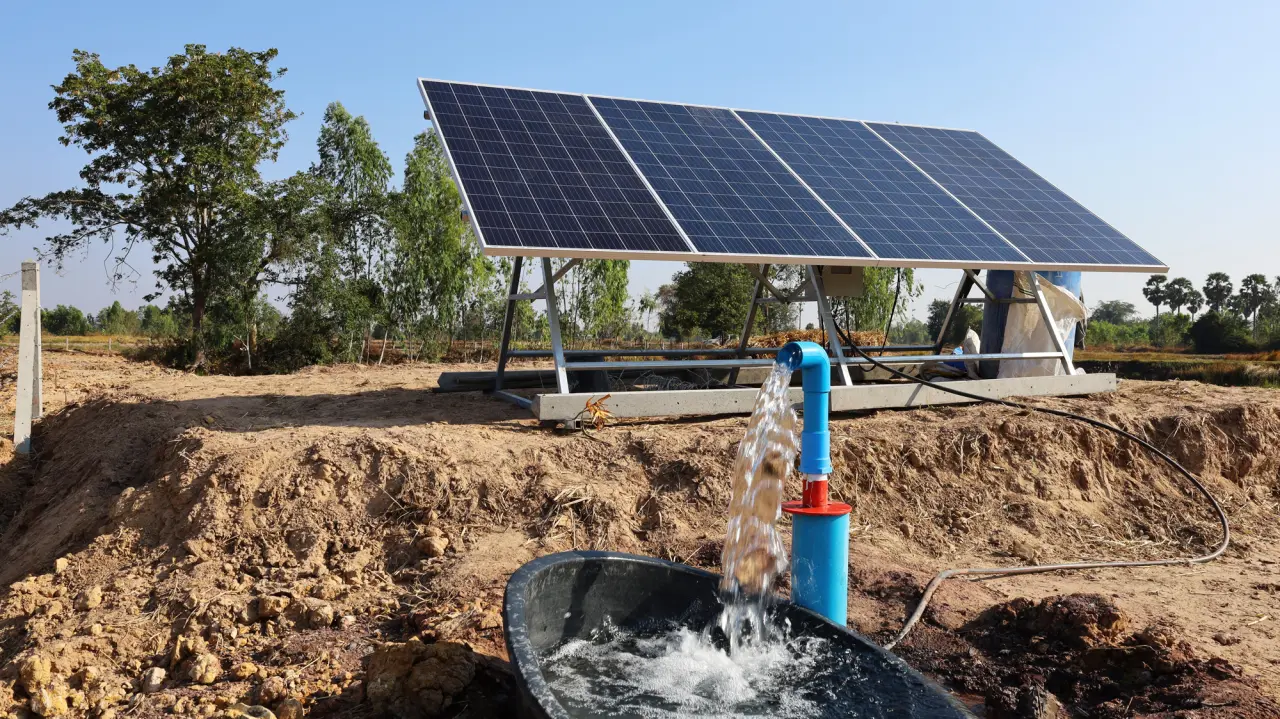How to make climate-resilient crops even more sustainable


The concept of climate resilience has grown in popularity in recent years as concerns about climate change have grown and its effects have begun to become more apparent. Notably, concerns about food security are rising as climate change can have significant negative impacts on agriculture. But how can climate-resilient crops be made even more sustainable? Let's explore this in the article.
What are climate-resilient crops?
Climate-resilient crops are better equipped to survive climate shift and its various effects, such as changes in temperature, weather patterns, habitats, and migration patterns. Some crops — such as quinoa, pearl millet, and rye — are naturally resistant to extreme weather, but efforts are also being made to modify some crops to improve their resiliency genetically.
Strategies to improve the sustainability of climate-resilient crops
While increasing crop climate resilience is an important goal for the long-term well-being of the planet, it’s not the end of the road in terms of sustainability efforts. Many technologies and strategies can make these crops and their harvest even more sustainable. Further, many of these options can also benefit farmers who rely on good harvests to maintain financial security.
Crop rotation and intercropping
Crop rotation is the process of rotating which types of crops are planted on a plot of land. This is meant to avoid the extreme depletion of certain types of nutrients needed by specific crops, as well as the pressures of pests and weeds that may thrive among certain crops and accrue over time.
Meanwhile, intercropping is the process of planting various species of crops in one area. This can prevent certain pests by introducing more resilient crops and attracting predators of the pests. Additionally, some crops can benefit from mutualism, as famously demonstrated by The Three Sisters.
Intercropping can also optimize the use of the land and increase harvest output by using more space strategically. To maximize the benefits of intercropping, you must strategically choose which plants to cultivate together and what configurations to plant them in. Farmers may find even further success in terms of sustainability by choosing climate-resilient crops as often as possible. For example, many species of beans are highly climate-resilient, and beans are often a good choice for intercropping efforts.
In short, these strategies can improve long-term soil health, reduce pests and diseases, and promote biodiversity and harvest output.

Precision agriculture technologies
Precision agriculture is an approach to agriculture that seeks to optimize efforts and improve efficiency through the use of technology. Precision agricultural technologies — such as GPS, sensors, and automation — can be used to optimize resource usage and reduce waste in crop production. This is done in many ways, but most notably by eliminating human error, optimizing routes and harvesting and analyzing data to develop increasingly better agricultural strategies. Precision agriculture efforts can also use data about growth patterns and success to glean information that can improve the climate resilience of crops.
Sustainable packaging and distribution methods
Packaging and transportation can produce substantial waste and pollution by creating garbage and releasing emissions into the air. These problems can be mitigated with eco-friendly packaging materials (such as efficient packaging designs and biodegradable packaging), as well as the use of optimized transportation routes. Local distribution of crops is another way to reduce waste related to packaging and transportation. Many climate-resilient crops like rice also can have a particularly long shelf-life when packaged and stored properly, so the widespread use of such crops can reduce food waste.
Solar-powered systems
Solar-powered systems, such as photovoltaic arrays, can help reduce the use of nonrenewable energy sources. Solar panels can be used to power irrigation systems, lighting, equipment, electric fencing, and more. Even on farms only partially powered by photovoltaic systems can significantly reduce waste and costs related to energy use. This ensures climate-resilient crops are grown in the most sustainable settings possible.
Agroforestry
Agroforestry is a strategy in which trees and shrubs are integrated among crops or other agricultural systems to improve soil health, minimize water waste, and reduce crop damage. Trees and shrubs act as natural barriers that can protect crops from problems such as damage from wind, heat, and extreme weather. Further, the deep root systems of these plants can prevent water runoff. This plant life can also provide habitat and protection for various wild flora and fauna, increasing biodiversity and reducing damage to the local environment.
Additionally, just as we can benefit from planting climate-resilient crops, it’s best to choose native trees and shrubs (or plants otherwise resilient to a particular climate) when using an agroforestry strategy, as the plants will be hardy and efficient compared to other species.
Biofertilizers
Biofertilizers are made from non-toxic, naturally occurring materials, making them safer than many other fertilizers on the market. The use of such fertilizers can reduce danger to animal life, minimize damage to the soil and prevent environmental damage caused by toxic runoff. Additionally, the exclusive use of biofertilizers can be appealing to consumers, further increasing the value of climate-resilient crops.
The potential impact on farmers and the environment
Sustainable farming practices don’t just help the local environment and the planet's long-term well-being — they also benefit farmers in several impactful ways.
Reduced costs
Though there are often some upfront costs related to updating technology, infrastructure, and practices, the long-term cost savings of sustainable farming practices can be massive. In the long run, they can preserve soil quality, reduce energy costs, minimize labor costs, and produce high-quality, ethical crops that people may be willing to pay more for.
Improved crop yields and quality
Sustainable practices can improve crop yields in myriad ways, such as optimized land use, reduced damage from pests and weeds, and data analysis. Optimized practices developed from data analysis and precision agriculture can also significantly improve crop quality. Innovations in post-harvest technology can further preserve the quality of climate-resilient crops and extend their shelf life.
Environmental benefits
Promoting biodiversity, reducing damage to soil, and creating more natural growing environments can significantly benefit the local ecosystem at large. Among the benefits are reducing carbon emissions, preserving habitat, and minimizing pollution.
Final thoughts
These efforts are unlikely to remain the extent of our technology and strategy for sustainable crop growth and management. In fact, it’s likely research and development will continue, especially as the pressures of climate change increase. As such, it’s important for farmers, communities, and governments to strive to stay informed about advancing sustainability measures in this industry.